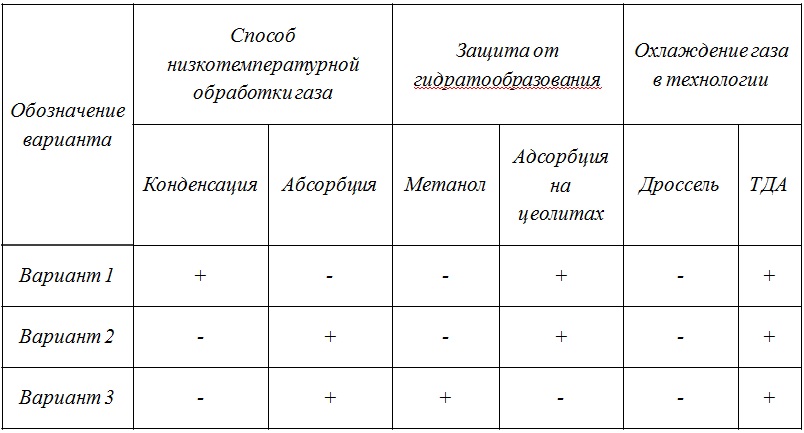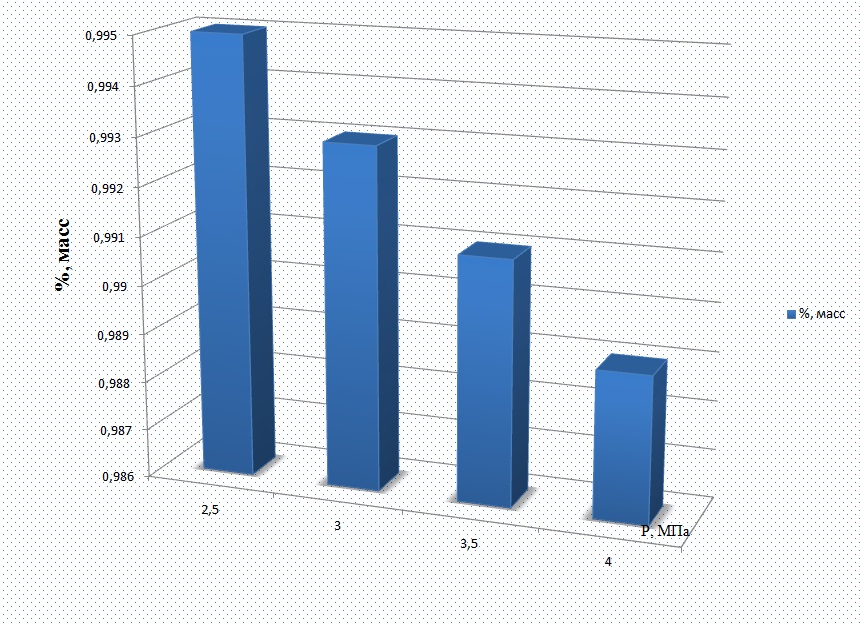Topicality
Established over the past decade, the share of natural growth trend of gas in the energy balance has led to the active involvement in the commercial development of gas and gas condensate fields Far North, located in extreme climatic conditions, in areas without a developed industrial and social infrastructure, far from major consumers.
The deposits of the Far North are unique deposits on Stocks, on the composition of the extracted raw material, in terms of products produced. The Due to this unique and basic technological equipment used for the preparation of hydrocarbons to the far transport. In the coming decade, continued growth in natural gas production will be carried out through the development of smaller reserves of fields on Yamal Peninsula.
Field development of the Far North, is a fundamentally new stage in the theory and practice of design, development and operation such deposits. It is necessary to address a set of scientific, technical, technological, social and organizational problems.
The purpose and objectives of the study
The major components of this problem is:
1. Development and implementation of energy and resource saving processes that enhance the quality of fishing preparation of gas and hydrocarbon condensate.
2. Conduct research and analysis of the effectiveness of the main process equipment and in the design and execution of the modernized make recommendations for optimizing the existing technology and project equipment.
One of the problems of rational use of natural gas is low price of its implementation as a raw material for further processing or as fuel for power generation. At the same time, the direct realization of products natural gas, such as hydrocarbon condensate, wide fraction of light hydrocarbons, propane, butane, ie, selected from natural gas light liquid hydrocarbons, in many cases, is more cost- advantageous than the supply of natural gas to the gas processing plant in the Far North. The Therefore, in recent years more and more oil and gas companies attention is paid to systems of preparation and primary processing of petroleum and Natural gas for the direct implementation of the resulting products.
Alleged scientific novelty
As part of the master's work is to get the actual scientific results in the following areas:
1. Review of existing modern technologies of deep extract used in the world.
2. To analyze the physical and chemical properties, component composition of gas condensate fields
3. The study of the requirements of commercial products derived from gases
4. Selecting the optimum technology C3 + deep extraction in the Far North
5. Determination of technological mode for maximum extraction of C3 +
Planned practical results:
1. The list of possible variants of technical solutions that achieve maximum recovery rate PBT
2. The choice of the low-temperature gas treatment
3. Methods for maximum protection against hydrate
4. Methods of cooling gas
5. The volume of products obtained
Conclusion
The gas field processing circuits is preferable to use turbo-expander units as a source of artificial cold in combined with throttling of the liquid flow.
Analysis of published data, as well as research in computational software package Unisim Design R410 for changing the gas composition data Valanginian and Achimov deposits have shown that a decrease in the gas content of the C3 +, C3-4 recovery rate remains at the same level due to lowering the temperature of the gas stream during detandirovaniya (other parameters being constant). This phenomenon is due to the fact that upon expansion more "fatty" gas at the same compression ratio expansion ratio greater than the expansion of the "dry" gas. Thus, there is as it were Automatic temperature control in the expander depending on the fat content of the feed gas that supports extraction of the desired components virtually at the same level.
The list of possible variants of technical solutions that achieve maximum recovery rate PBT

Other schemes do not allow to regulate and maintain the same level of depth extraction of target components with the composition. Application expander unit makes flowsheet manageable since the process parameters self-regulated and maintained at the desired level, providing a specified degree of selection of target components. The great advantage of this scheme to the node detandirovaniya.
Of great importance is selection of optimal values of the pressure of the last stage of separation. Analysis of technological modes of existing plants (according to the literature), as well as the calculations performed under this work showed that the optimum for maximum recovery of propane-butane a pressure of about 2.0-2.5 MPa. Wherein the gas temperature is reduced up to -80 ° C and below.
The dependence of the degree of extraction of the pressure of the last stage of separation

The results of computational research flowsheet using turbo-expander units combined with throttling liquid flow

According to the survey, you can draw the following conclusions:
• Technology adsorption showed better recovery rates;
• The source of cold - throttling liquid flows and the use of turbo-expander unit;
• The optimum for maximum recovery of propane-butane is the pressure of the last stage of separation. of the order of 2.0-2.5 MPa;
• Cooling gas in the art to minus 90 ° C;
Research and feasibility study showed the advantage of technology "Option 2"
List of sources
1. Гриценко А.И., Истомин В.А., Сбор и промысловая подготовка газа на северных месторождениях России. – М.: Недра, 1999.- 370 с.
2. Берлин М. А., Переработка нефтяных и природных газов. – М.: Химия, 2012. – 473 с.
3. Бекиров Т. М., Ланчаков Г. А., Технология переработки газа и конденсата. – М.: Недра, 1999.- 585 с.
4. Рябов В. Д., Химия нефти и газа. – М.: Техника, 2004. – 145 с.
5. Ахметов С. А., Технология глубокой переработки нефти и газа. – Уфа.: Гилем, 2002. – 673 с.
6. Эрих В.Н., Расина М.Г., Рудин М.Г. Химия и технология нефти и газа. 3-е изд. перераб. Л.: Химия, 1985. – 407 с.
7. Гуревич И.Л. Технология переработки нефти и газа. Ч.1. – М.: «Химия», 1975.
